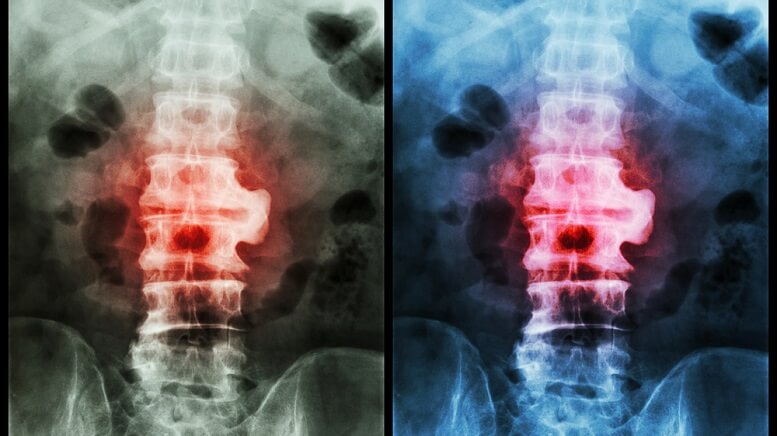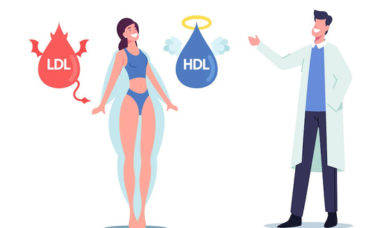Ankylosing spondylitis is a kind of arthritis that affects the spine and sacroiliac joints that attach your pelvis and spine, although other joints can become involved. It causes inflammation in the vertebrae that can lead to chronic, severe pain.
Treatment
Ankylosing Spondylitis treatments aim to reduce stiffness and pain and may prevent and delay complications and spinal deformity. Treatment of the disease is very successful before irreversible damage to the joints occurs.
Medications
To treat ankylosing spondylitis, doctors may prescribe non-steroidal anti-inflammatory drugs (NSAIDs) like indomethacin (Indocin) and naproxen (Naprosyn). These drugs relieve inflammation, stiffness, and pain associated with the disease. The medication may, however, cause gastrointestinal bleeding.
If NSAIDs are not helpful, your doctor may suggest biologic medication like a tumor necrosis factor (TNF) blocker or interleukin 17 (IL-17) inhibitor. IL-17 plays a role in the defense against infection in the body, while TNF blockers target the cell protein responsible for the inflammation
Secukinumab (Cosentyx) is the first FDA-approved IL-17 inhibitor for the treatment of ankylosing spondylitis.
TNF blockers help reduce stiffness, pain, and swollen or tender joints and are administered intravenously or by an injection under the skin.
FDA-approved TNF blockers available for treating ankylosing spondylitis include:
- Infliximab (Remicade)
- Etanercept (Enbrel)
- Golimumab (Simponi; Simponi Aria)
- Certolizumab pegol (Cimzia)
- Adalimumab (Humira)
It’s important to note that TNF blockers and IL-17 inhibitors may cause reactivation of latent tuberculosis, making patients using these drugs more prone to a TB infection.
Therapy
Physical therapy is an integral part of treating ankylosing spondylitis and provides a myriad of benefits, including pain relief, improved flexibility, and strength.
A physical therapist can design specific exercises like stretching and range-of-motion exercises to help maintain flexibility within the joints and to preserve good posture. Walking regularly, doing back and abdominal exercises, and getting proper rest can all help you maintain an upright position and lessen the symptoms of ankylosing spondylitis.
Surgery
Your doctor may recommend surgery if you have severe pain and joint damage or if you have an extremely damaged hip that calls for a replacement of the hip joint. However, most people with ankylosing spondylitis will not require surgery.
Original source: http://findquickanswers.com/ankylosing-spondylitis-treatment-options/
Featured image: DepositPhotos – stockdevil_666









